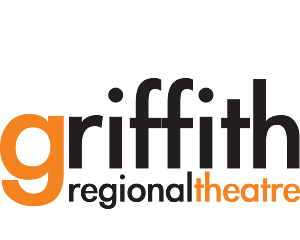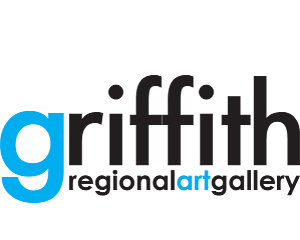Lake Wyangan Water Quality
Griffith City Council’s Environment, Health & Sustainability Unit regularly samples, has analyzed and monitors the water quality of Lake Wyangan (North) throughout the year for the presence of Blue-Green Algae.|
Lake Wyangan |
Blue Green Algae |
Bacterial Levels |
|
AMBER |
MEDIUM |
Current Reading -
The sample date 8 April 2024 - Total BGA is 3.3871mm3/LPrevious Results -
2 April 2024 - Total BGA is 3.0581mm3/L
28 March 2024 - Total BGA 2.7881mm3/L
18 March 2024 - Total BGA 9.5156mm3/L
11 March 2024 - Total BGA 12.8854mm3/L
4 March 2024 - Total BGA 9.6531mm3/L
26 February 2024 - Total BGA 8.3594mm3/L
20 February 2024 - Total BGA 8.7104mm3/L
12 February 2024 - Total BGA 7.1574mm3/L
The sample results are then used to raise a Blue-Green Algae Alert Level specifically for Recreational Waters such as Lake Wyangan (North). This Alert Level system is as specified by our regions Murrumbidgee Regional Algae Coordinating Committee (RACC) within its Murrumbidgee Regional Algal Contingency Plan. Further, within this Plan GCC is required to advise NSW Health and the NSW Office of Water of the occurrence of a BG-A Red Alert.
Murrumbidgee Regional Algal Co-ordinating Committees (RACC) is a forum of organisations (including Griffith City Council) which aims to manage and minimise algal blooms in the Murrumbidgee region.
The Department of Primary Industries – NSW Office of Water is responsible for coordinating the RACCs in New South Wales.
If an algal bloom is detected in the Griffith Local Government Area, the RACC will work with local authorities such as Griffith City Council to control the bloom and any effects it may have on water quality.
Further information can be found here
Alert level definitions
Red
Red alert levels represent 'bloom' conditions. The water may appear green and may have strong, musty or organically polluted odours. Blue-green algae may be visible as clumps or as scums. The 'blooms' should be considered to be toxic to humans and animals, and the water should not be used for drinking (without prior treatment), stock watering, or for recreation.
People should not eat mussels or crayfish from Red Alert warning areas. A precautionary approach should be applied to fishing during bloom events. Any fish caught should be cleaned and washed thoroughly in uncontaminated water and any internal organs disposed of before consumption. Fish fillet meals from algal bloom affected areas should be limited to 1-2 servings per week. Avoiding fishing in a bloom location is the best way to minimise risk, particularly catching and eating fish from locations with severe blooms that last extended periods of time. See the Food Authority Factsheet (PDF) for more information.
A red level alert is in place when >50,000 cells/mL of Microcystis aeruginosa are present or the biovolume exceeds 4 mm3/L where toxin producing cyanobacteria are dominant (>75%), or biovolume exceeds 10 mm3/L where toxin producing cyanobacteria are not dominant (<75%). A red alert level is also triggered when scums are present for extended periods.
At red alert level a waterbody should not be used for primary recreation. Waterbody managers should notify the public through signage and media avenues. Results should be forwarded to the appropriate Regional Algal Coordinating Committees (RACCs) for further dissemination and assistance in management of blooms.
Amber
At amber alert levels blue-green algae may be multiplying in numbers. The water may have a green tinge and musty or organic odour. The water should be considered as unsuitable for potable use and alternative supplies or prior treatment of raw water for domestic purposes should be considered. The water may also be unsuitable for stock watering. The water remains suitable for recreational use, however algal concentrations can change rapidly. Water users should use caution and avoid water where signs of blue-green algae present.
Amber level alerts are triggered when Microcystis aeruginosa concentrations are between 5000 and 50,000 cells/mL or the biovolume is between 0.4 and 4 mm3/L where toxin producing cyanobacteria are dominant (>75%), or 0.4 and 10 mm3/L where toxin producing cyanobacteria are not dominant (<75%).
Green
At green alert levels blue-green algae are present in the water at low densities, possibly signalling the early stages of the development of a bloom, or a period where a bloom is declining. At these densities, the blue-green algae do not pose a threat to recreational, stock or domestic use.
A green level alert occurs above 500 cells/mL of Microcystis aeruginosa or >0.04 mm3/L of total cyanobacteria biovolume but below the amber alert level.
At this level routine sampling for algae should be undertaken.






